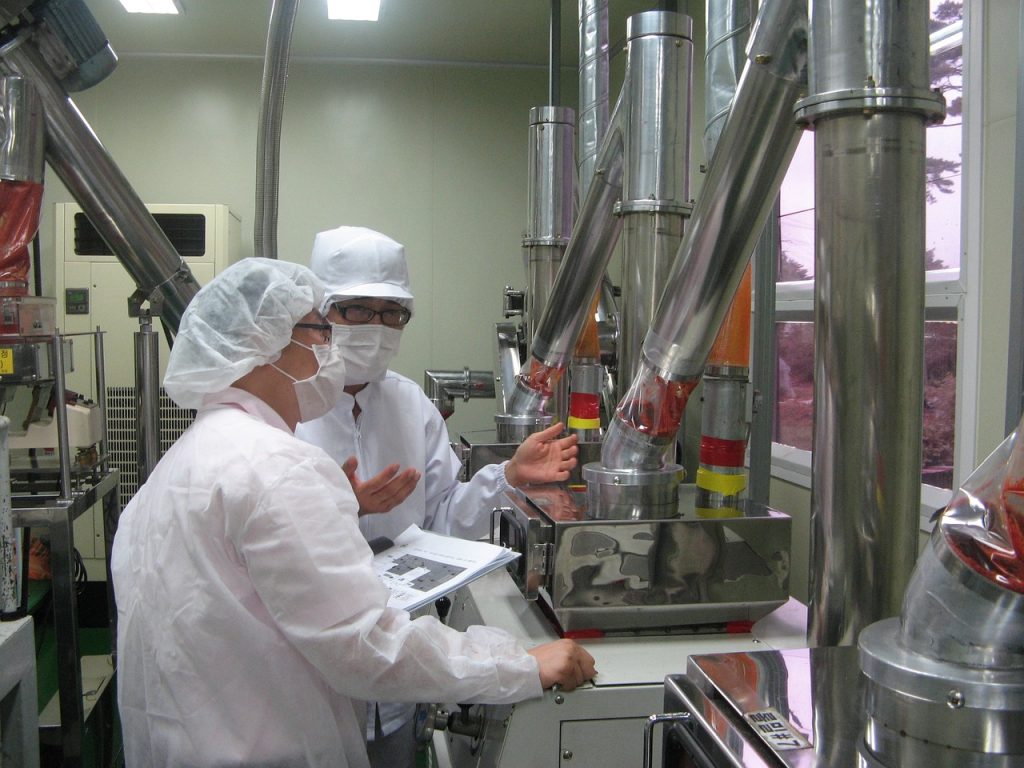All fields are required
Posted in Food Policy,Our Blog on July 6, 2024

Who exactly is responsible for food safety in the United States? While of course the food manufacturer and the end consumer have some role in food safety. Certain regulatory agencies, however, are involved in the enforcement of food safety practices. Let’s take a look at the food safety organization roles and how they work
State and local health departments have a closer relationship with the food producers and manufacturers within their jurisdictions. Certain federal agencies have responsibilities beyond that the local level. These agencies work together to regulate the food supply and help keep us safe.
Collectively each food safety organization manages around 6,100 meat and poultry processors and over 50,000 food establishments. It encompasses more than 1 million food vending locations and over 70,000 labeled food products. From those produced domestically to those imported from abroad, every organization has a role and responsibilities to maintain.
The FDA is a part of the federal Department of Health and Human Services. This food safety organization focuses primarily on the processing of food products. Generally, activities that take place post-harvest.
Its primary role is “seeing that products are made right and labeled truthfully.”
If you rely on an ingredients statement on the back of a product label to avoid potential allergens, this is the agency that helps make sure these facts are accurate. This is the organization that sets labeling standards.
The FDA also conducts routine sampling activities to test for substances, such as pesticide residues and other adulterants to be sure that if present, they are below acceptable levels.
When violations are discovered, the FDA encourages companies “to voluntarily correct the problem or to recall a faulty product from the market.” A voluntary recall is the fastest and most effective way to protect the public against potentially unsafe products. If a company refuses to correct the problem, the FDA has legal means to go to court to force a company from selling products and seize potentially dangerous products. It can even bring criminal penalties against manufacturers and distributors.
Among other things, the FDA addresses the safety of ingredients, regulates interstate food commerce, and identifies ingredients “Generally Recognized as Safe” (GRAS).
The FSIS is a part of the U.S. Department of Agriculture (USDA) responsible for the safety of meat, poultry, and egg products. They manage the labeling, packaging and safety of these products.
In addition to administering the law and regulations associated with these products, this food safety organization inspects the operations of plants processing meat and poultry products. This takes place while they are being operated. In fact, these types of processing plants cannot operate without a federally-approved inspector on site.
These inspectors look at the animal before slaughter and evaluate the product after slaughter, ensuring that USDA approved labels are used.
The FSIS also enforces the Egg Products Inspection Act enacted in 1970 and updated in 1995. This act ensures that egg products are accurately labeled and safe for consumption.
The CDC is a part of the Department of Health and Human Services. This organization does not directly regulate food processing businesses. Their involvement in preventing foodborne illnesses and when a food safety problem arises lands it on this list.
Collaborating with the FDA, USDA, state and local health departments, along with other governmental agencies, the CDC can be considered a food safety organization by proxy.
The CDC helps manage the FoodNet project – a coordinated effort between the CDC, USDA, FDA, and ten states. This FoodNet project serves as an “active surveillance for foodborne diseases and epidemiology of foodborne diseases in the United States.”
Large-scale, typically multi-state foodborne outbreaks prompt a CDC investigation.
The EPA serves as a food safety organization in that it is responsible for regulating the use of pesticides on food.
When used improperly, pesticides can cause a myriad of health problems. From birth defects to nerve damage, and even cancer, pesticides are carefully regulated in food. The EPA participates in the Food Quality Protection Act of 1996 in that “under the Federal Food, Drug, and Cosmetic Act (FFDCA), EPA establishes tolerances (maximum legally permissible levels) for pesticide resides in food.”
APHIS is the food safety organization that, among other things, involves plant protection and quarantine as well as biotechnology regulation (pre-harvest).
APHIS “safeguards agriculture and natural resources from the risks associated with the entry, establishment, or spread of animal and plant pests and noxious weeds.”
Their role in biotechnology regulatory services involves regulating certain genetic engineering (GE) organisms created through recombinant DNA technology or other means that may pose a risk to plant or animal health. This is performed through permits, notifications, petitions, and inspections.
FAS is a part of the USDA involved in improving foreign market access for U.S. products. Additionally, this food safety organization helps build new markets. They help improve the competitive position of U.S. agriculture in the global marketplace. FAS also provides food aid and technical assistance to foreign countries in need of our help.
There are so many large and small, local and national groups that help keep our food supply safe. This is by no means a conclusive list. Among these major players in food safety organizations are huge teams of supporting groups that contribute to the safety of our food.
If you’d like to know more about food safety topics in the news, like “Who is Responsible for Food Safety in the United States?” check out the Make Food Safe Blog. We regularly update trending topics, foodborne infections in the news, recalls, and more! Stay tuned for quality information to help keep your family safe, while The Lange Law Firm, PLLC strives to Make Food Safe!
By: Heather Van Tassell (contributing writer, non-lawyer)